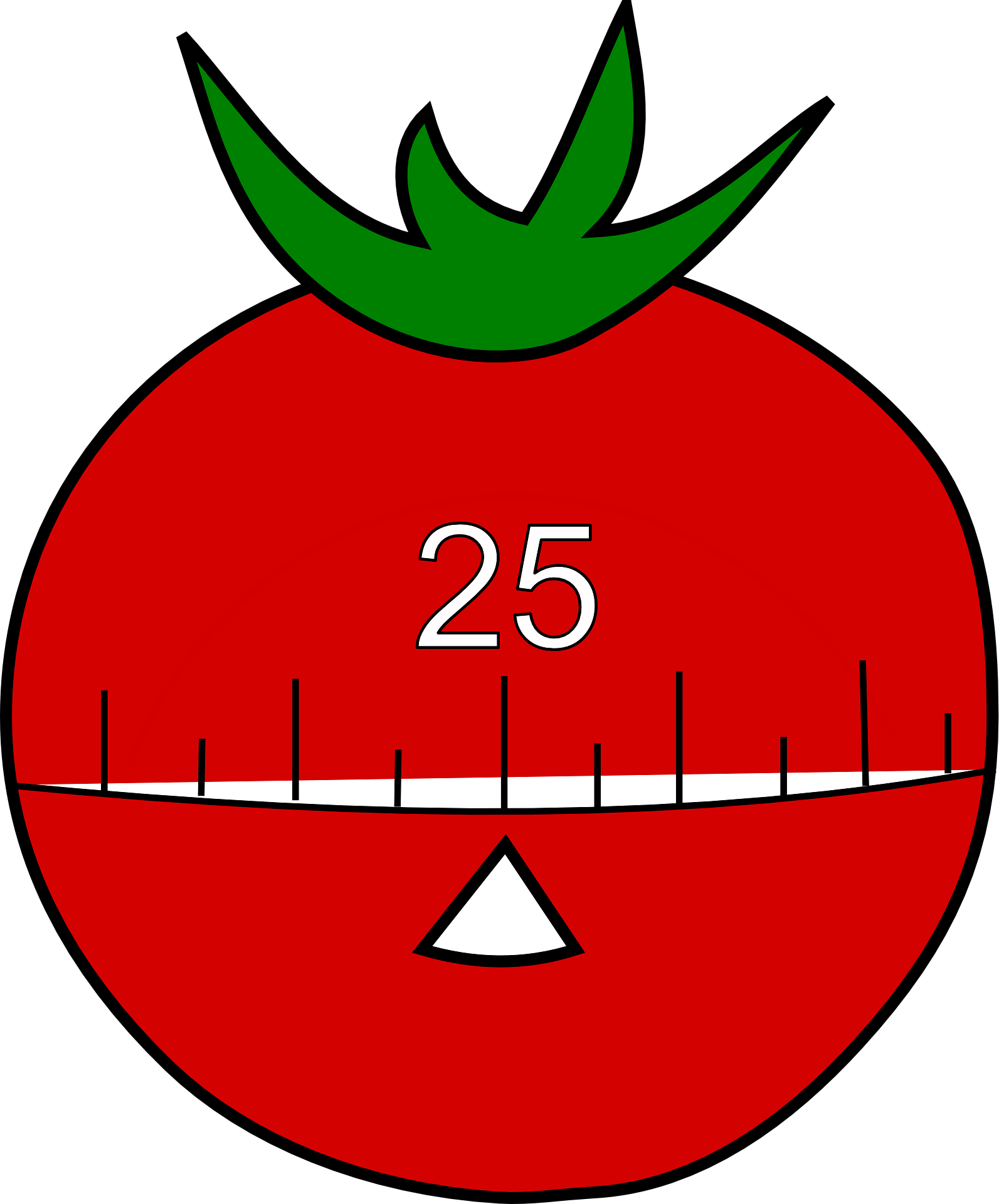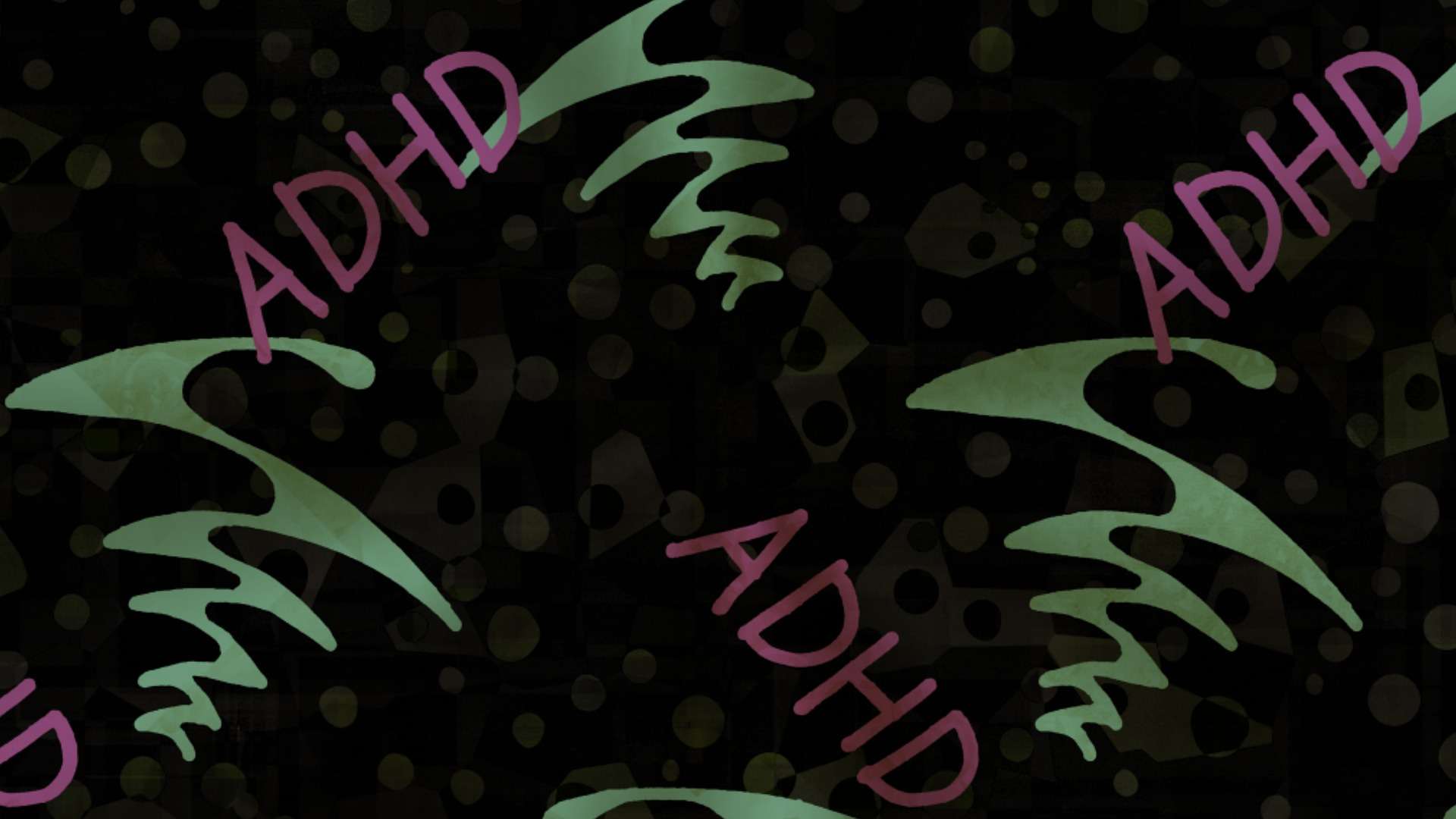Embark on a transformative journey through Bloom’s taxonomy, as we decode its potent impact on the learning process. From the foundational levels of remembering and understanding to the pinnacle of creating, evaluating, and analyzing – this comprehensive guide illuminates the dynamic framework that underpins effective education.
In this article, we delve deep into the practical applications and far-reaching benefits of Bloom’s taxonomy, demystifying its potential to elevate learning outcomes and nurture critical thinking skills. Whether you’re an educator seeking innovative pedagogical approaches or a student aiming to amplify your learning prowess, understanding Bloom’s taxonomy can unlock a spectrum of educational possibilities.
Join us as we navigate the intricacies of this influential educational theory, and discover how it can invigorate learning experiences, foster intellectual dexterity, and drive holistic cognitive development. The power of Bloom’s taxonomy awaits – are you ready to unleash its full potential?
Understanding Bloom’s Taxonomy
Bloom’s Taxonomy is a hierarchical framework for classifying educational objectives. It was first introduced in 1956 by a group of cognitive psychologists led by Benjamin Bloom. This taxonomy categorizes educational goals into a pyramid of cognitive processes, ranging from simple to complex, and serves as a foundation for creating learning objectives, assessments, and instructional strategies.
Understanding this taxonomy is essential for educators as it provides a structured approach to designing curriculum, setting learning goals, and evaluating the effectiveness of teaching methods. For students, grasping the levels of Bloom’s Taxonomy can empower them to engage in deeper learning, develop critical thinking skills, and enhance their overall academic performance.
By comprehending the significance of each level within Bloom’s Taxonomy, educators and learners can navigate the learning journey with a clear understanding of the cognitive demands associated with different tasks and assessments.
The Importance of Bloom’s Taxonomy in Education
The significance of Bloom’s Taxonomy lies in its ability to guide educators in creating well-defined and measurable learning objectives. By aligning instructional strategies and assessments with the taxonomy, educators can ensure that students are progressing through increasingly complex cognitive processes.
Furthermore, Bloom’s Taxonomy encourages educators to move beyond rote memorization and embrace higher-order thinking skills. This shift in focus from lower to higher levels of cognitive processing promotes deeper understanding, critical analysis, and the application of knowledge in real-world scenarios.
In addition, understanding Bloom’s Taxonomy can lead to more effective differentiation of instruction, allowing educators to tailor their teaching methods to accommodate diverse learning styles and abilities. This inclusive approach fosters a supportive learning environment where students are challenged and empowered to reach their full potential.
The six levels of Bloom’s Taxonomy
Bloom’s Taxonomy is structured into six hierarchical levels, each representing a different type of cognitive processing. These levels, arranged from the simplest to the most complex, are: Remembering, Understanding, Applying, Analyzing, Evaluating, and Creating.
- Remembering: At this foundational level, learners recall information from memory, such as facts, definitions, or basic concepts. This involves recognizing, listing, and describing key ideas or details.
- Understanding: Moving beyond memorization, understanding requires learners to grasp the meaning of the information they have acquired. This level involves interpreting, summarizing, and explaining concepts in their own words.
- Applying: The application level involves using acquired knowledge and understanding to solve problems, complete tasks, or implement learned concepts in new situations. This may include using procedures, applying principles, or using information in new contexts.
- Analyzing: Learners engage in critical thinking at this level by breaking down information into its component parts, identifying patterns, and making connections between ideas. This may involve comparing, organizing, and deconstructing complex information.
- Evaluating: At the evaluation level, learners assess the validity, quality, and effectiveness of information, arguments, or methods. This includes critiquing, defending, and supporting opinions or decisions based on criteria and standards.
- Creating: The highest level of Bloom’s Taxonomy, creating, involves generating new ideas, products, or ways of viewing existing concepts. This level requires originality, innovation, and the synthesis of diverse elements to produce something new.
Applying Bloom’s Taxonomy in Lesson Planning
Incorporating Bloom’s Taxonomy into lesson planning enables educators to design instruction that targets specific cognitive levels and aligns with desired learning outcomes. By strategically integrating activities and assessments that correspond to each level of the taxonomy, educators can create a well-rounded and comprehensive learning experience.
For example, a lesson designed to teach a historical event could begin with students remembering key dates and facts, then progress to understanding the significance of the event, applying the knowledge to analyze its impact, evaluating different perspectives, and ultimately creating a presentation or project that demonstrates a deep understanding of the topic.
By scaffolding instruction in this manner, educators can guide students through a structured learning process that promotes mastery of content and the development of critical thinking skills.
Evaluating Learning Outcomes Using Bloom’s Taxonomy
Assessments aligned with Bloom’s Taxonomy provide educators with valuable insights into students’ cognitive development and mastery of learning objectives. By designing assessments that target various levels of the taxonomy, educators can gauge students’ ability to recall information, comprehend concepts, apply knowledge, analyze complex problems, evaluate arguments, and create original work.
This multifaceted approach to assessment allows educators to identify areas of strength and areas for improvement, providing a comprehensive view of students’ progress and informing instructional decisions. Additionally, assessments aligned with Bloom’s Taxonomy can foster a growth mindset among students, as they are encouraged to continually strive for higher levels of cognitive processing and academic achievement.
Bloom’s Taxonomy in Online Learning
The integration of Bloom’s Taxonomy in online learning environments presents unique opportunities for engaging students in meaningful and interactive learning experiences. Through the use of multimedia resources, interactive platforms, and collaborative tools, educators can design online activities that cater to diverse learning styles and promote higher-order thinking skills.
Online discussions, virtual simulations, multimedia presentations, and interactive quizzes can be structured to align with the cognitive levels of Bloom’s Taxonomy, providing students with a rich and immersive learning experience. Moreover, digital assessments can be designed to evaluate students’ ability to apply, analyze, and create using online resources and tools, allowing for a seamless integration of Bloom’s Taxonomy in virtual learning environments.
Incorporating Bloom’s Taxonomy in Assessments
Incorporating Bloom’s Taxonomy in assessments requires careful consideration of the cognitive demands associated with each level. Assessments should be designed to measure students’ ability to demonstrate various cognitive processes, from recalling information to synthesizing new ideas.
For instance, a well-constructed assessment aligned with Bloom’s Taxonomy might include multiple-choice questions to assess remembering, essay questions to assess understanding, problem-solving tasks to assess application, analytical exercises to assess analyzing, argumentative prompts to assess evaluating, and open-ended projects to assess creating.
By aligning assessments with the taxonomy, educators can ensure that students are provided with opportunities to showcase their mastery of diverse cognitive skills, leading to a more comprehensive and accurate evaluation of their learning outcomes.
Strategies for Promoting Higher-Order Thinking Skills
Promoting higher-order thinking skills in the classroom involves employing instructional strategies that challenge students to engage in critical analysis, problem-solving, and creative thinking. Educators can utilize a variety of strategies to foster higher-order thinking, such as inquiry-based learning, problem-based learning, Socratic questioning, concept mapping, and collaborative projects.
By incorporating these strategies, educators can create learning environments that encourage students to delve deeper into content, make connections across disciplines, and develop a nuanced understanding of complex concepts. Furthermore, these strategies promote autonomy, curiosity, and intellectual risk-taking, nurturing students’ ability to think critically and independently.
Challenges and Misconceptions about Bloom’s Taxonomy
While Bloom’s Taxonomy offers a valuable framework for structuring learning objectives and assessments, it is not without its challenges and misconceptions. One common misconception is the belief that the levels of the taxonomy must be addressed sequentially, with students progressing through each level in a linear fashion.
In reality, learners may engage with different levels of the taxonomy simultaneously, as they apply prior knowledge to new situations, analyze complex information, and create original work. Additionally, educators may face challenges in accurately assessing higher-order thinking skills, as traditional assessment methods often prioritize lower-level cognitive processes.
Furthermore, misconceptions about the taxonomy may lead to the overemphasis of certain levels at the expense of others, limiting students’ opportunities to develop a comprehensive set of cognitive skills. Educators must be mindful of these challenges and work to create balanced instructional approaches that address the full spectrum of cognitive processes represented in Bloom’s Taxonomy.
Conclusion
In conclusion, Bloom’s Taxonomy serves as a powerful tool for shaping educational experiences, fostering critical thinking, and promoting intellectual growth. By understanding the cognitive levels of the taxonomy and strategically integrating its principles into lesson planning, assessments, and instructional strategies, educators can empower students to engage in deeper learning and develop essential skills for success in academic and real-world contexts.
As we continue to unveil the power of Bloom’s Taxonomy in learning, it is essential to recognize its capacity to inspire curiosity, cultivate creativity, and elevate the quality of education. Embracing this influential framework opens doors to transformative learning experiences and equips individuals with the cognitive agility needed to thrive in an ever-evolving world.
Embark on this journey of discovery, and harness the potential of Bloom’s Taxonomy to unleash the full spectrum of educational possibilities. The power of Bloom’s Taxonomy awaits – are you ready to embark on this transformative path to enriched learning and intellectual empowerment?




